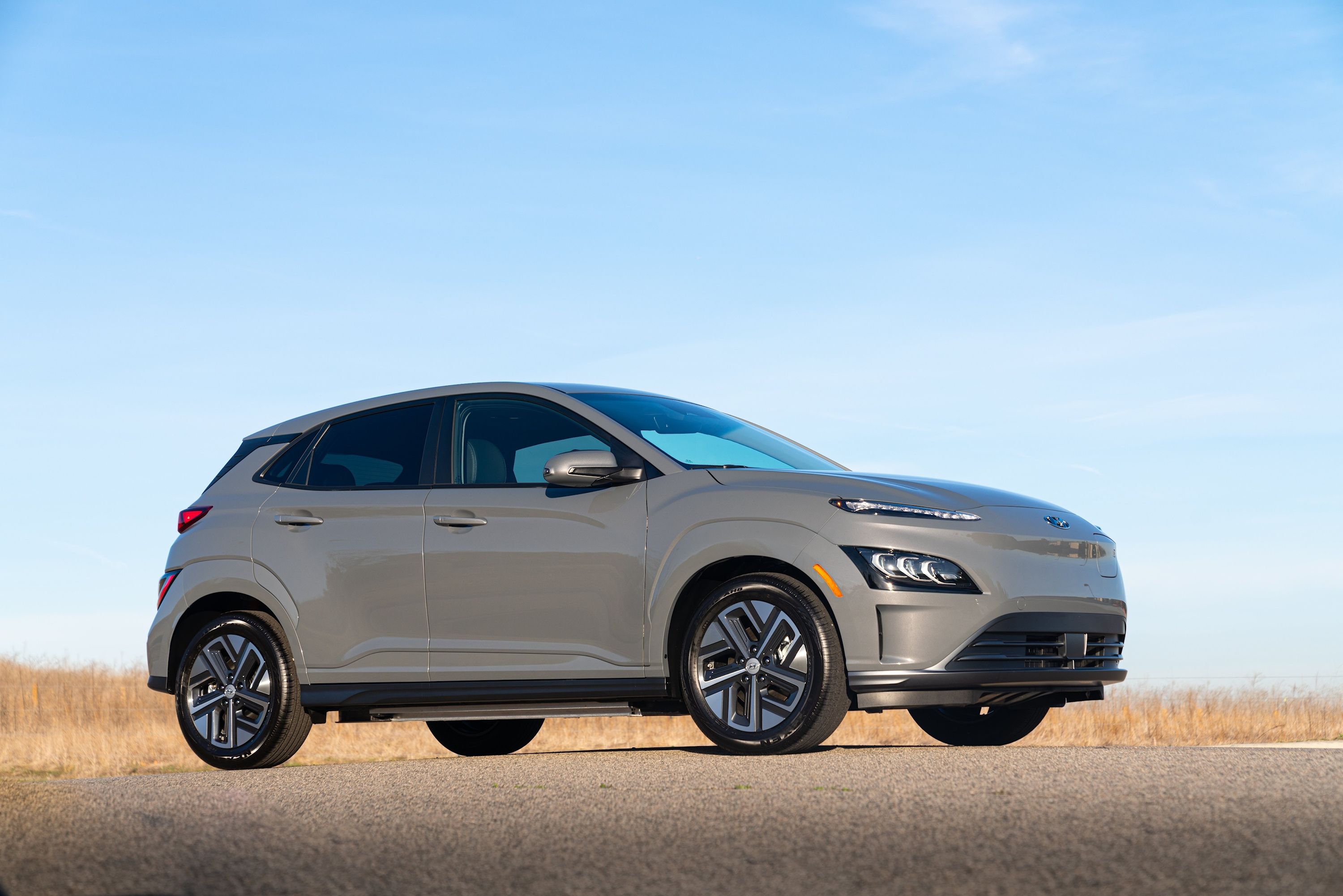
According to the Financial Times, 2018 was an excellent year for internal combustion engined vehicle sales. In fact, it looks like it'll go down as the best year ever. The downside, however, is that ICE sales may have peaked and a downturn in demand could begin in 2019. "At the beginning of the year we had a more optimistic perspective for the global market," said Felipe Munoz, global automotive analyst for Jato Dynamics, told Financial Times.
"This has changed in the last six months." A year ago, it was predicted internal combustion vehicle demand would continue to grow through 2022, but growth in the world's largest car markets, the US, China and Europe, was not as large as expected. This trend is expected to continue.
"We will probably see the peak of combustion engine car sales in 2018 based on global sales through October, plus estimates for November and December," added Munoz. Elon Musk will probably be thrilled when he hears about this, if he hasn't already.
"When you look at 2018 since the summer, new car sales in all of the import markets are going down," industry analyst Axel Schmidt told Financial Times. "Selling combustion engine cars to customers – this will not grow in the future." So what caused this decrease in demand? There were several factors, among them the US-China trade war, greater emissions restrictions in Europe, and even Brexit.
Another factor working in electric vehicles favor is greater affordability; you don't have to spend over $60,000 on a Tesla Model S, for example, to own a new EV with sufficient range. More affordable options include the new Hyundai Kona Electric and its 258-mile range on a single charge, and the Chevrolet Bolt, which manages an EPA-rated 238-mile range.
Both vehicles start off at less than $40,000, before tax incentives. Even if American car buyers don't start flocking to EVs just yet, analysts predict Chinese buyers will. Another factor that could potentially hurt ICE sales is increased popularity for fuel cell vehicles. We'll have to wait until next year at this time to compare the sales figures, but given that automakers are investing heavily in electric powertrains, the beginning of the end of ICE dominance may be underway.
